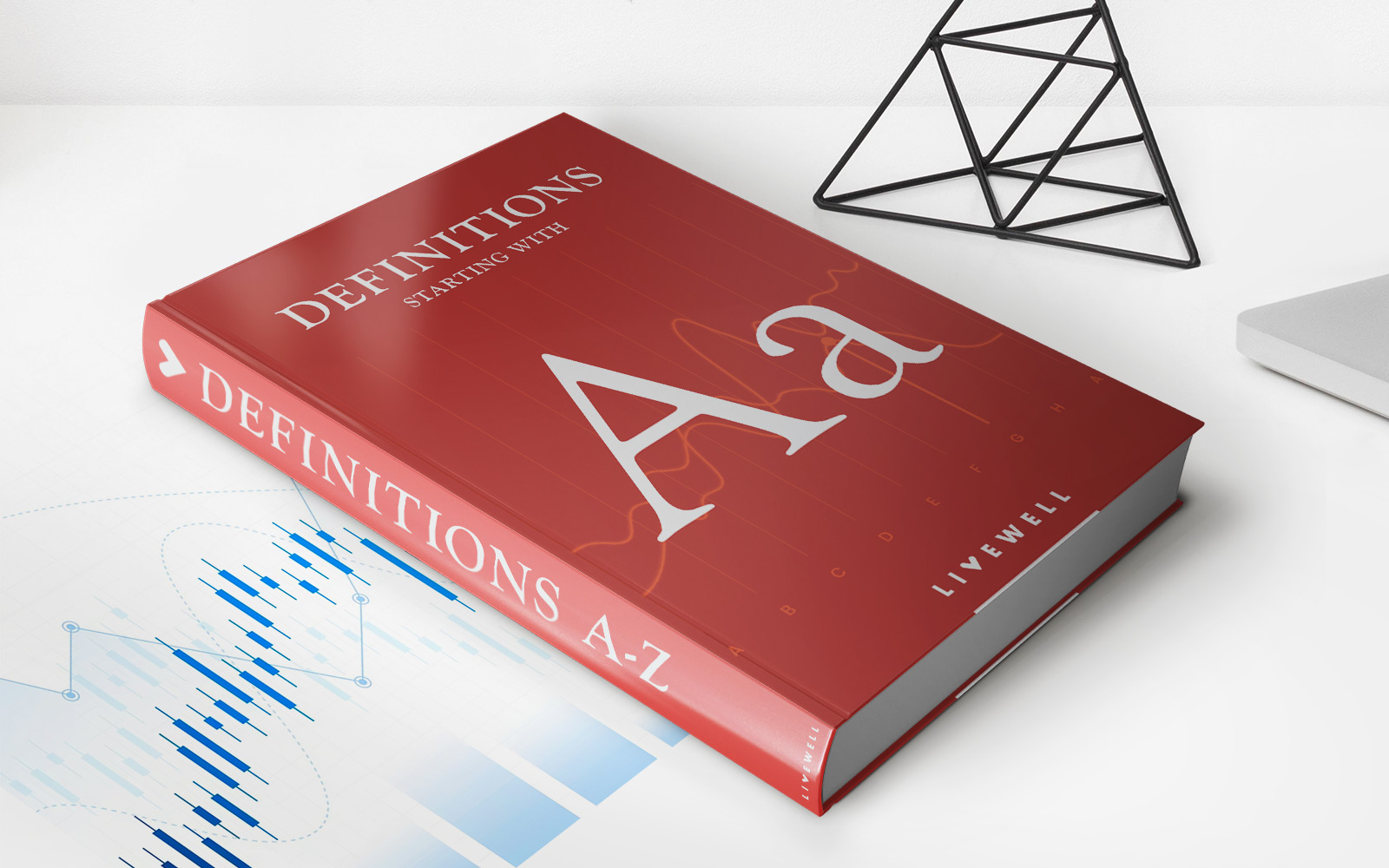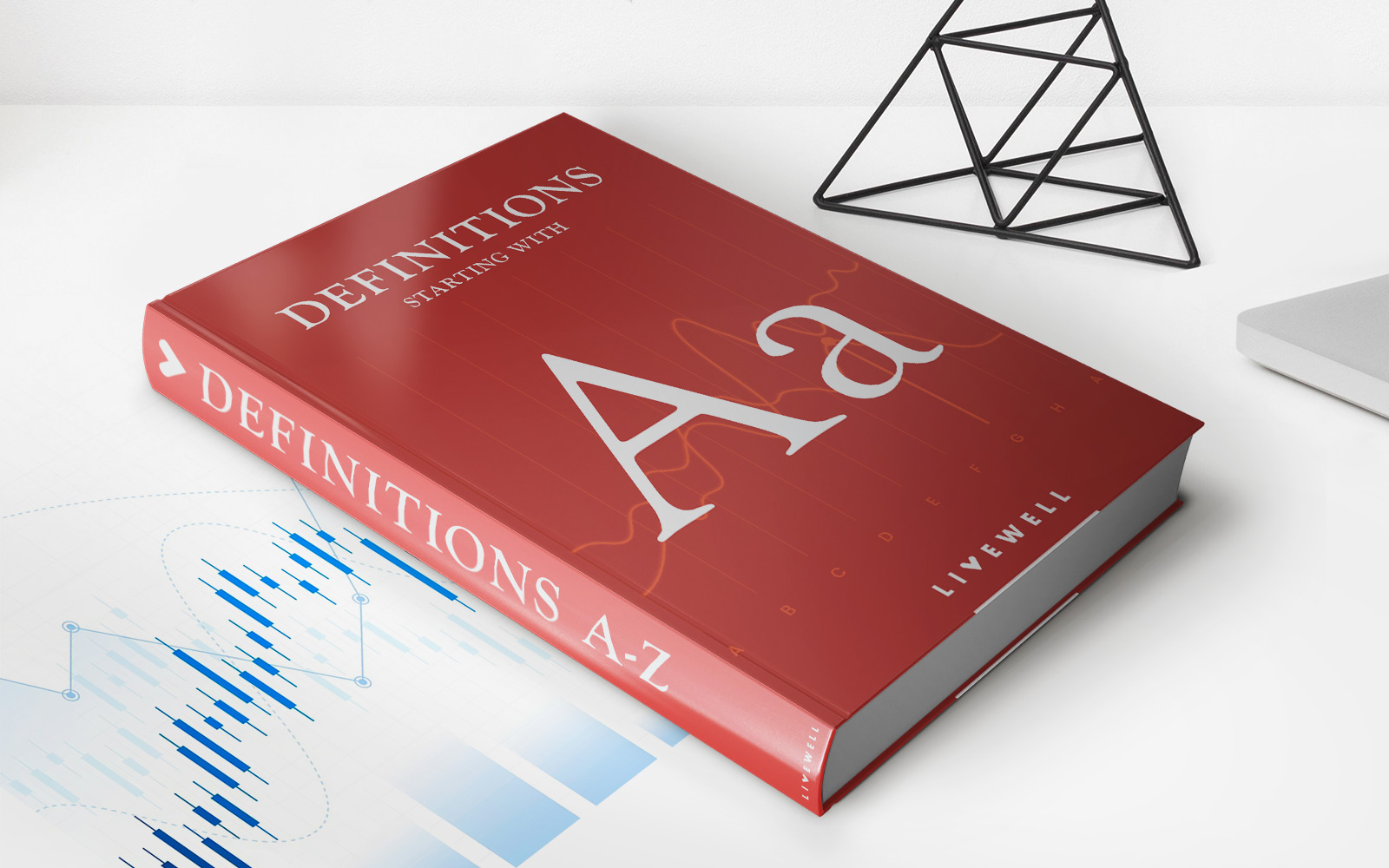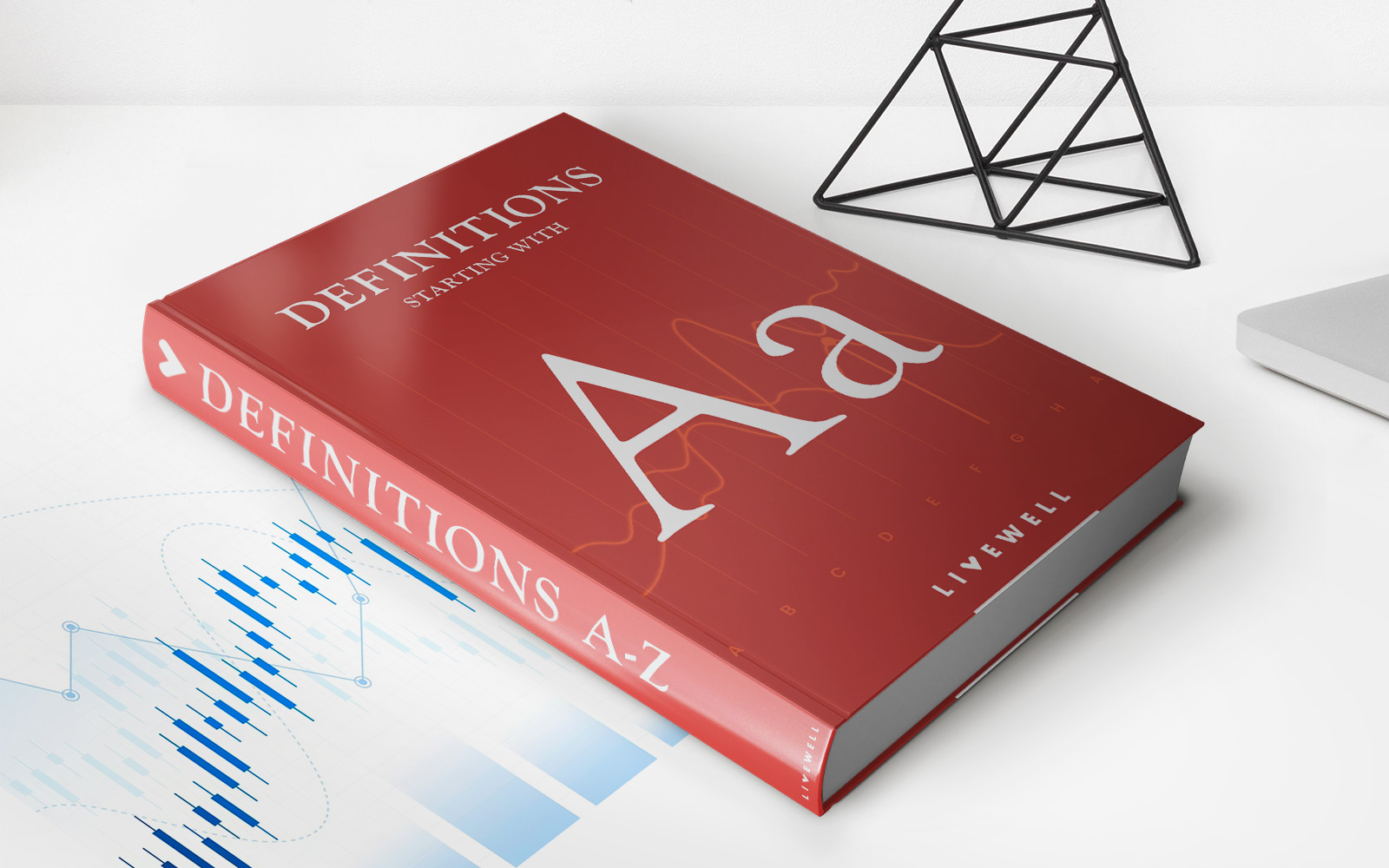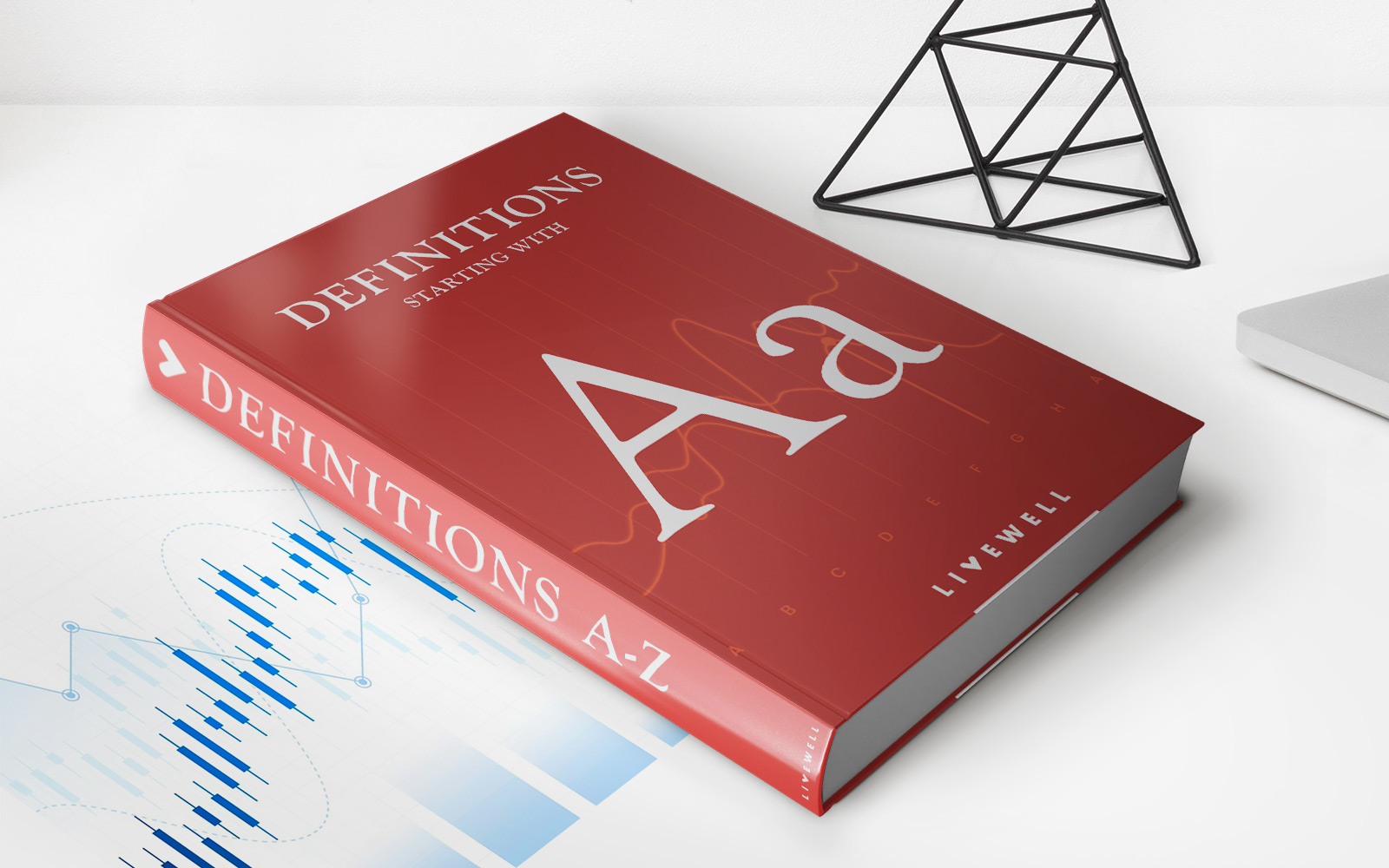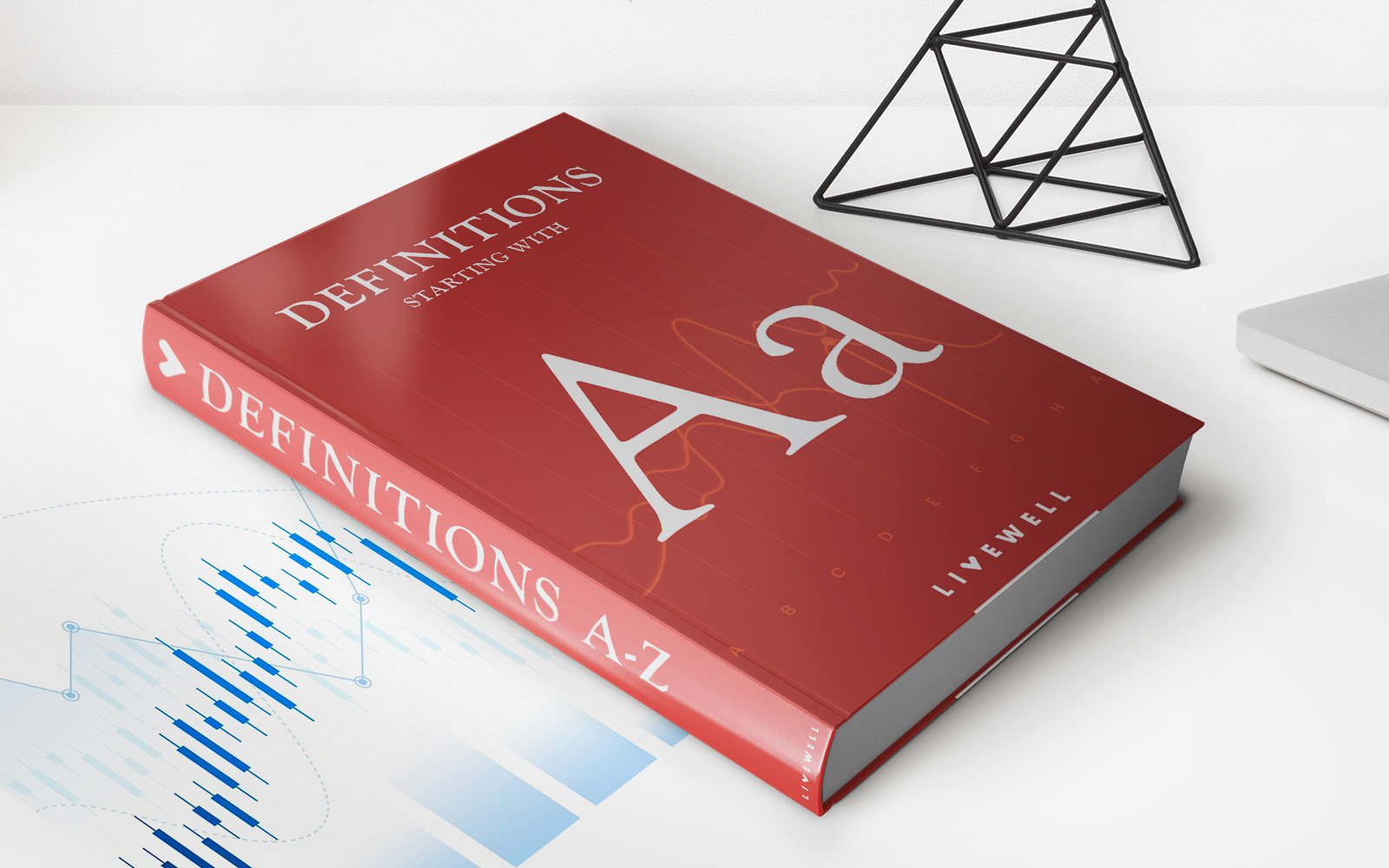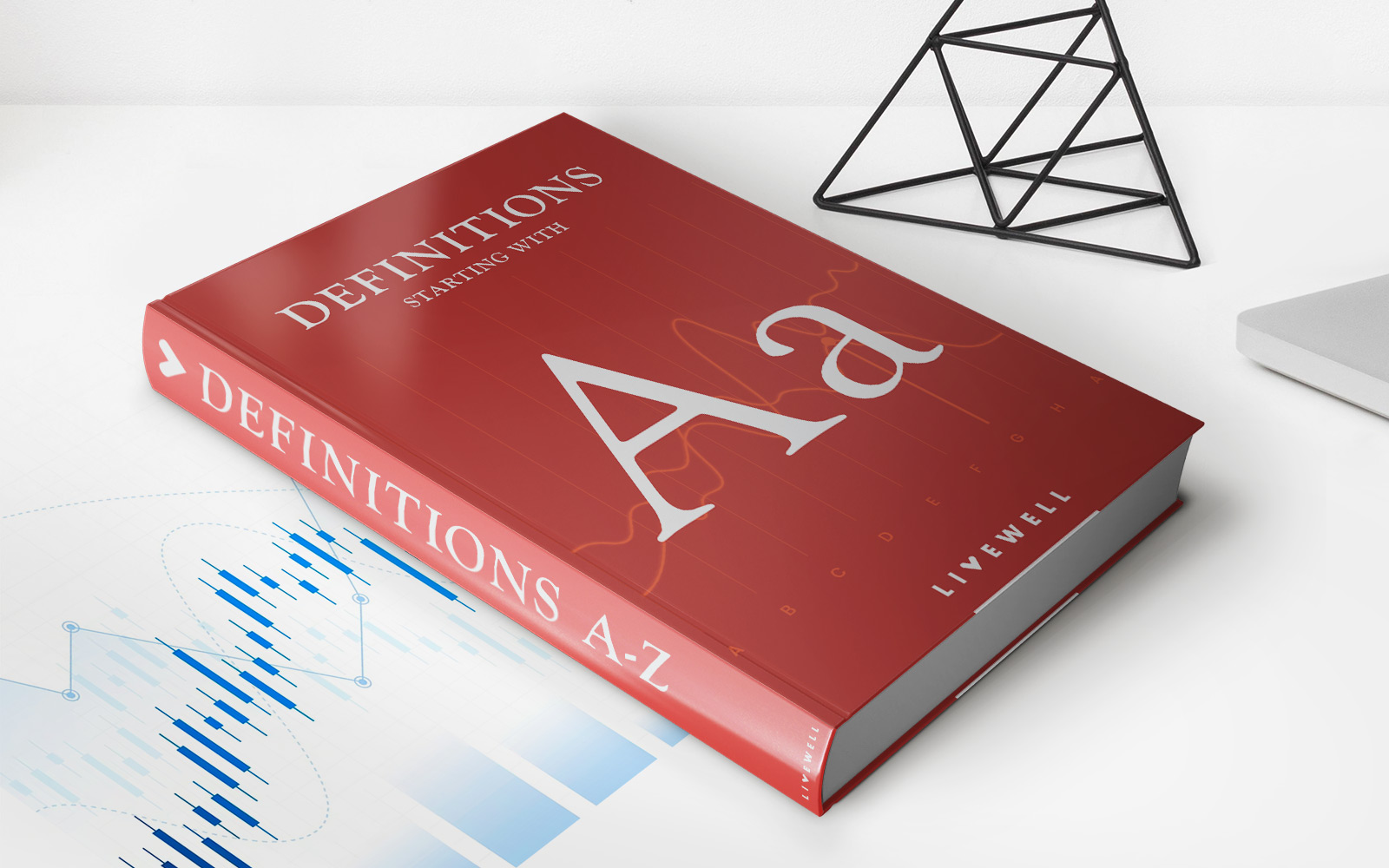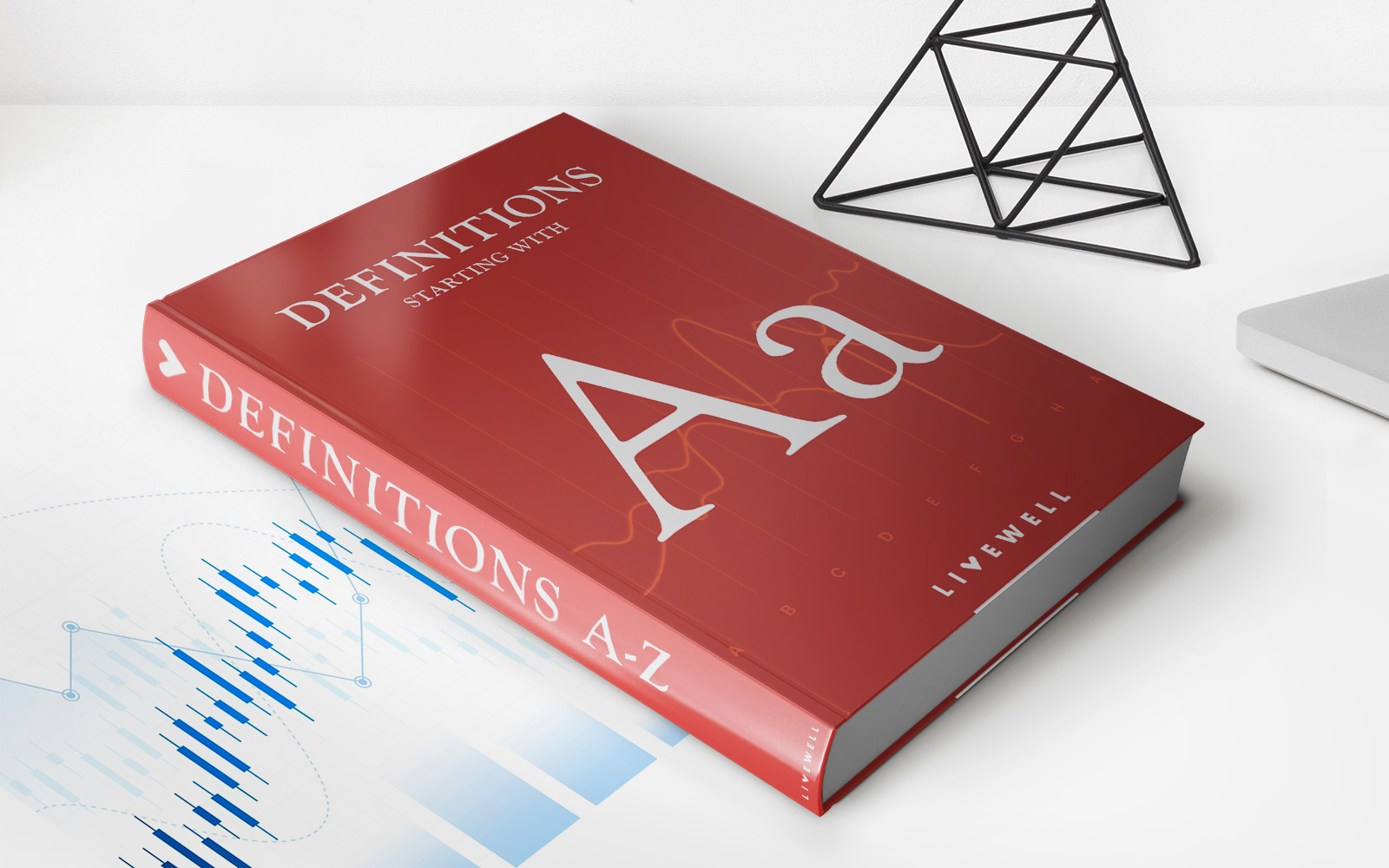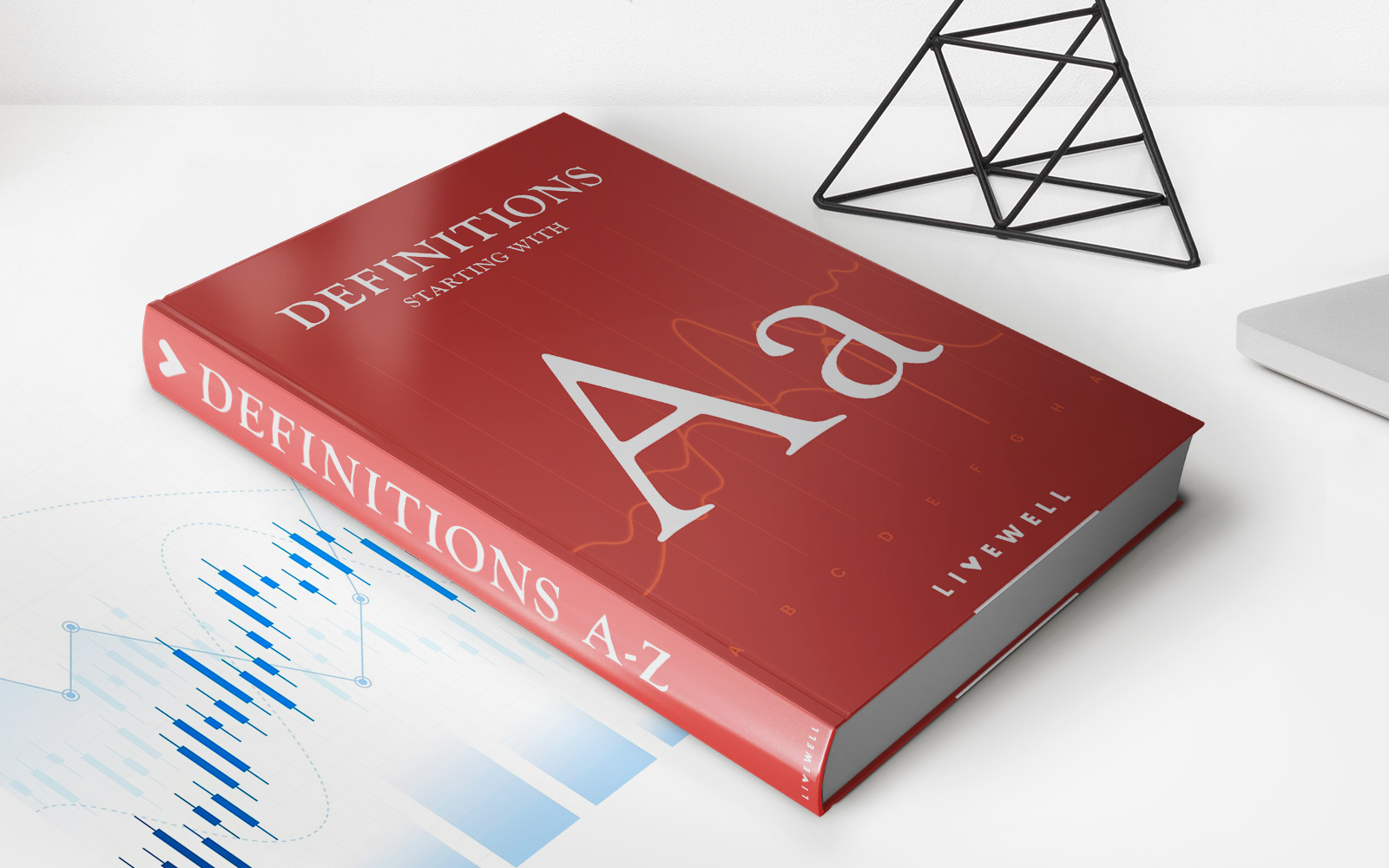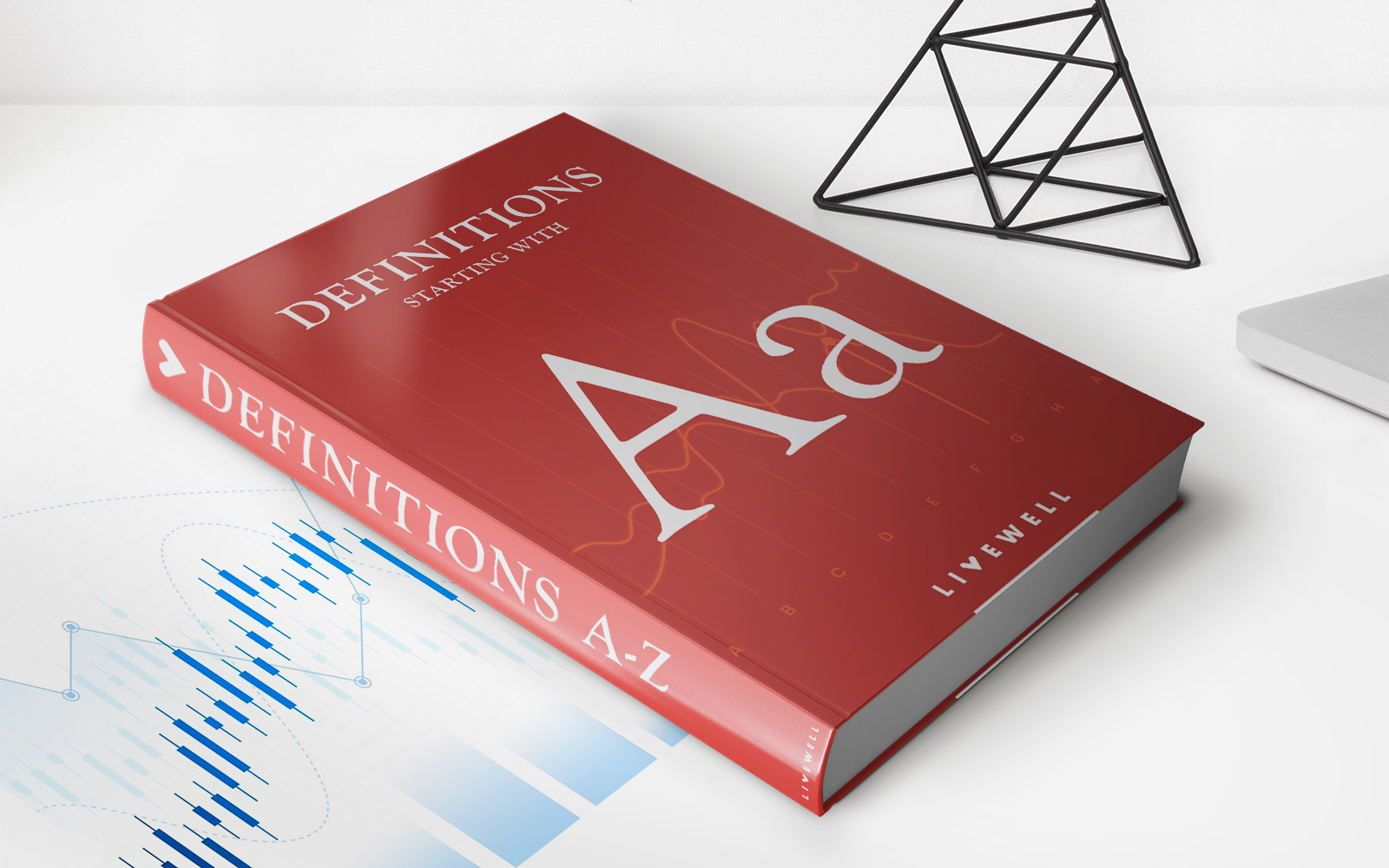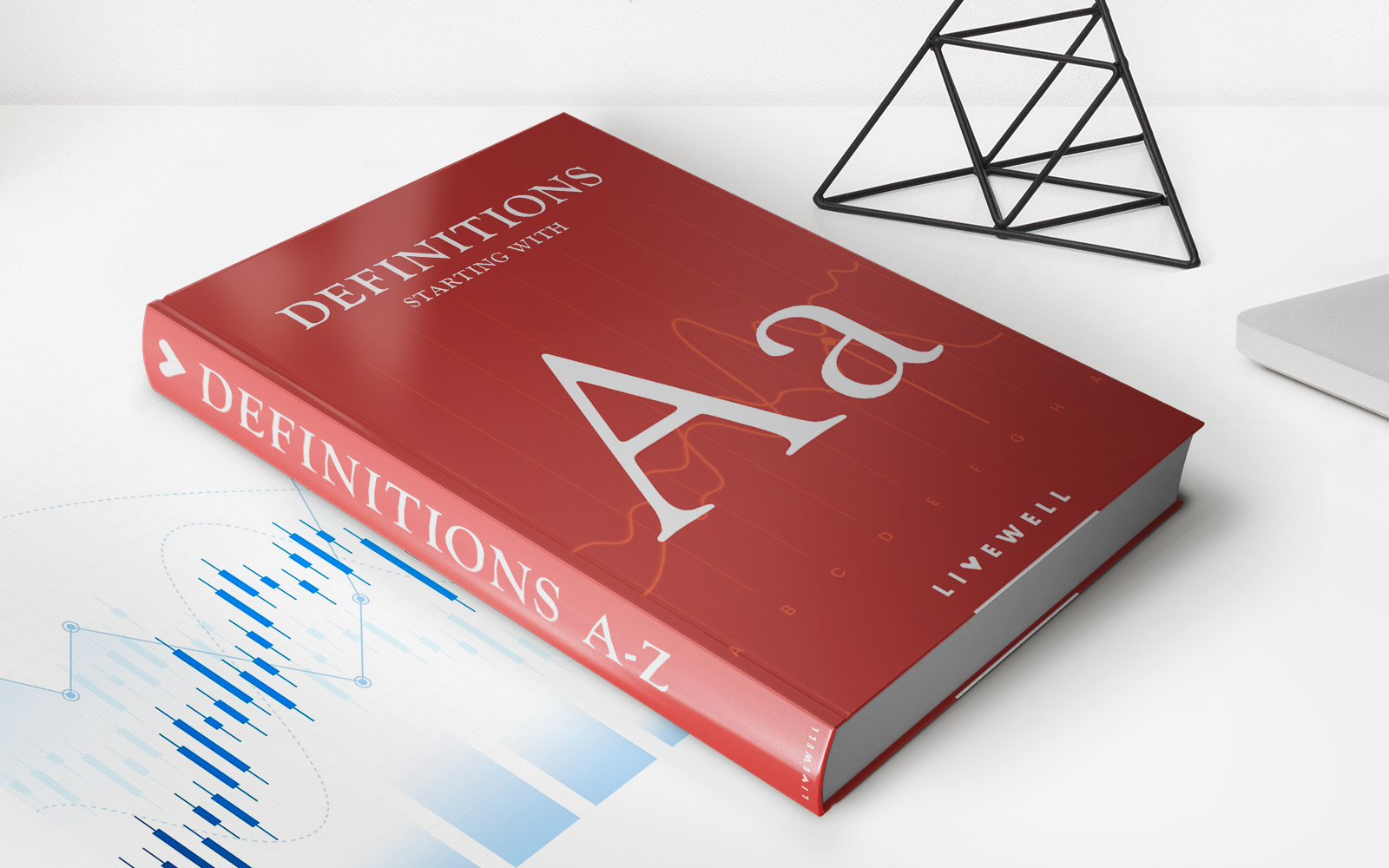

Finance
Quintiles Definition
Published: January 15, 2024
Discover the meaning of Quintiles in the world of finance. Learn how this term is used and its significance in the financial industry.
(Many of the links in this article redirect to a specific reviewed product. Your purchase of these products through affiliate links helps to generate commission for LiveWell, at no extra cost. Learn more)
Understanding Quintiles Definition: A Guide to Improved Financial Analysis
Finance is a vast industry, with numerous concepts and terms that can be overwhelming for both beginners and seasoned professionals. One such term that often arises in financial analysis is the quintiles. In this blog post, we’ll dive into the quintiles definition, its significance in finance, and how it can enhance your understanding of financial data.
Key Takeaways:
- Quintiles refer to the division of a data set into five equal parts, each containing 20% of the observations.
- Quintiles are commonly used in finance to analyze and compare the performance of different assets, portfolios, or income distributions.
What Are Quintiles?
Quintiles are a statistical concept used to divide a data set into five equal parts. Each part contains 20% of the observations, allowing for a comprehensive analysis of the distribution of values. In simpler terms, it helps us understand how a set of data is spread across five defined groups.
In the realm of finance, quintiles are frequently employed to assess the performance of various assets, portfolios, or income distributions. By dividing data into quintiles, financial analysts can gain valuable insights into the distribution of wealth, investment returns, or even market volatility.
Quintiles can be calculated for various financial metrics, including stock returns, income levels, or market capitalization. By analyzing quintiles, investors can identify patterns or trends that may help inform their investment decisions.
Benefits of Quintile Analysis
Quintile analysis offers a range of benefits for financial professionals, researchers, and investors. Here are a couple of key advantages:
- Comparative Analysis: By dividing data into quintiles, it becomes easier to compare the performance of different assets, portfolios, or income groups. This comparative analysis facilitates identifying outperforming or underperforming investments and understanding the factors influencing their performance.
- Insights into Distribution: Quintiles enable a comprehensive assessment of the distribution of values across a dataset. This can be particularly useful in studying income inequality, market disparity, or portfolio diversification. Quintile analysis allows financial analysts to detect skewed distributions, outliers, or concentration of wealth, providing a deeper understanding of the underlying dynamics.
Ultimately, quintiles provide a structured methodology to analyze and interpret financial data, leading to more informed decisions and better financial outcomes.
In Conclusion
Understanding the quintiles definition is essential for anyone involved in financial analysis. By classifying data into five equal parts, quintiles enable insightful comparative analysis and a deeper understanding of data distributions. By leveraging quintile analysis, financial professionals can make informed investment decisions and gain valuable insights into wealth distribution, market trends, and more. Incorporating quintiles into your financial analysis toolkit can take your understanding of finance to new heights.
